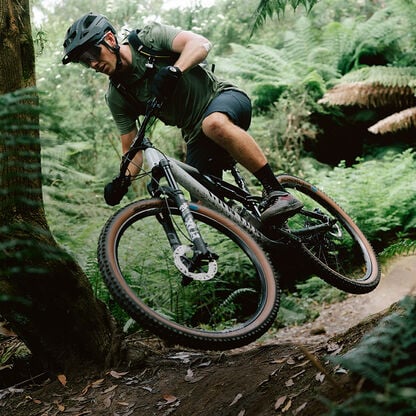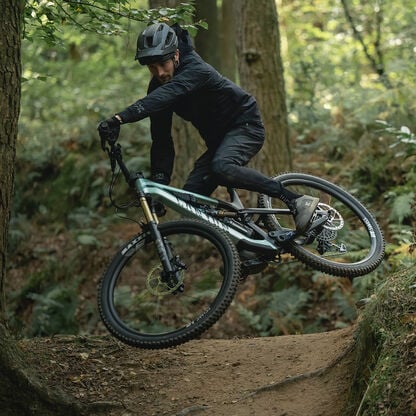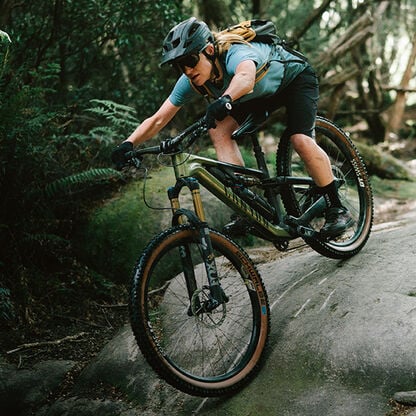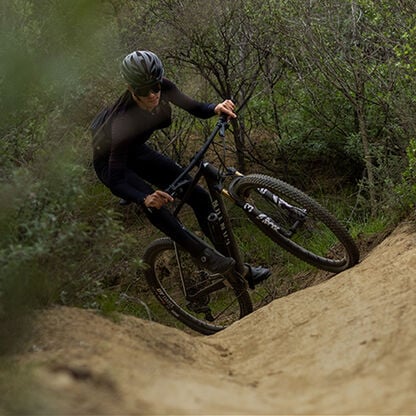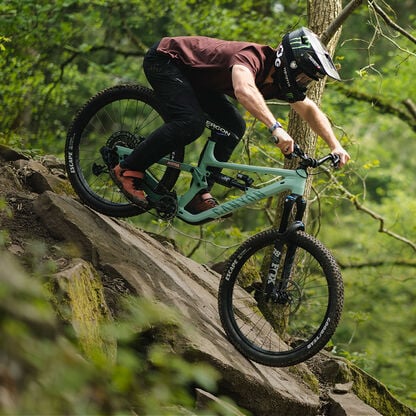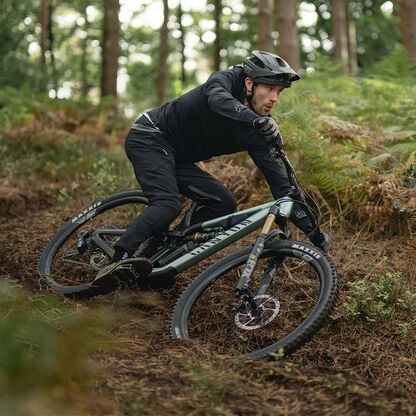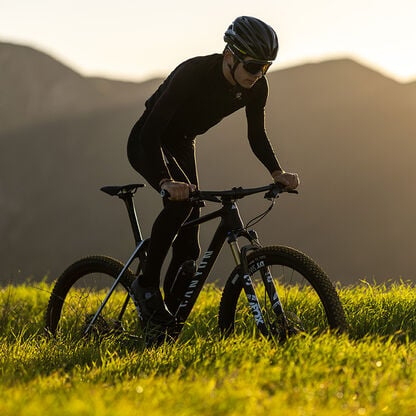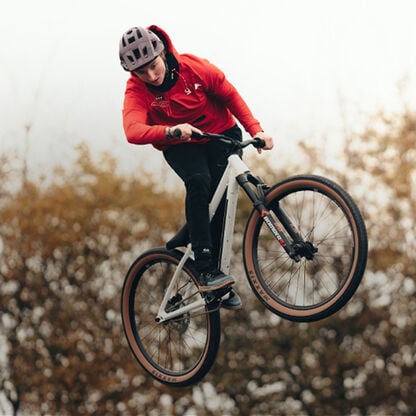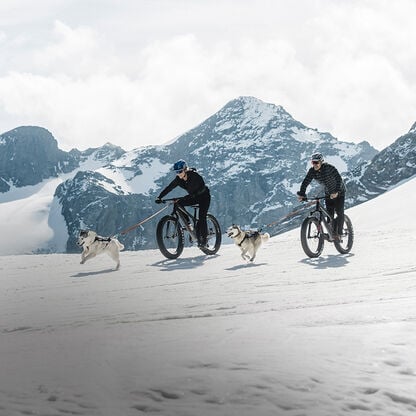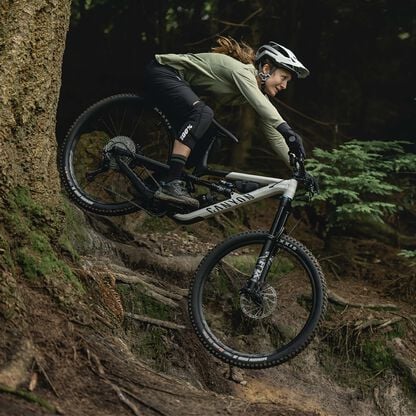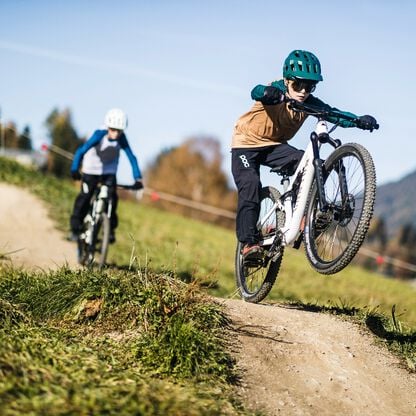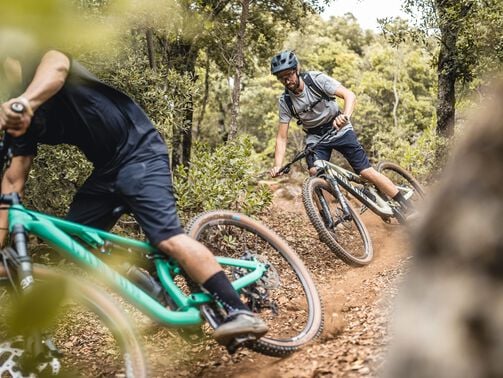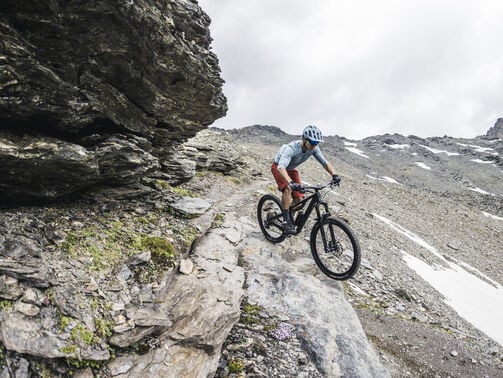What is the Canyon Shapeshifter?
Find out more about the patented technology behind the success of our flagship enduro mountain bike, the Canyon Strive.

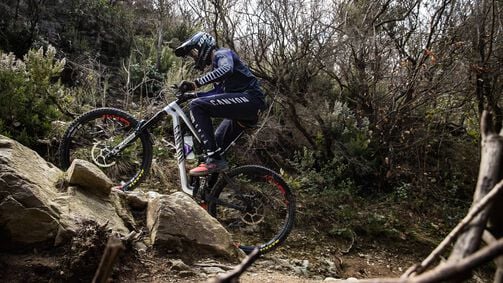
The Canyon Strive CFR is our dedicated enduro race bike and it comes packed with a bunch of premium components. Though it’s not new to the bike, our patented Shapeshifter technology is at the forefront of what makes this bike so successful.
At first glance our Strive CFR might appear conventional in its appearance as a speed focussed enduro racer. Look closer and you’ll notice this isn’t any old enduro bike.
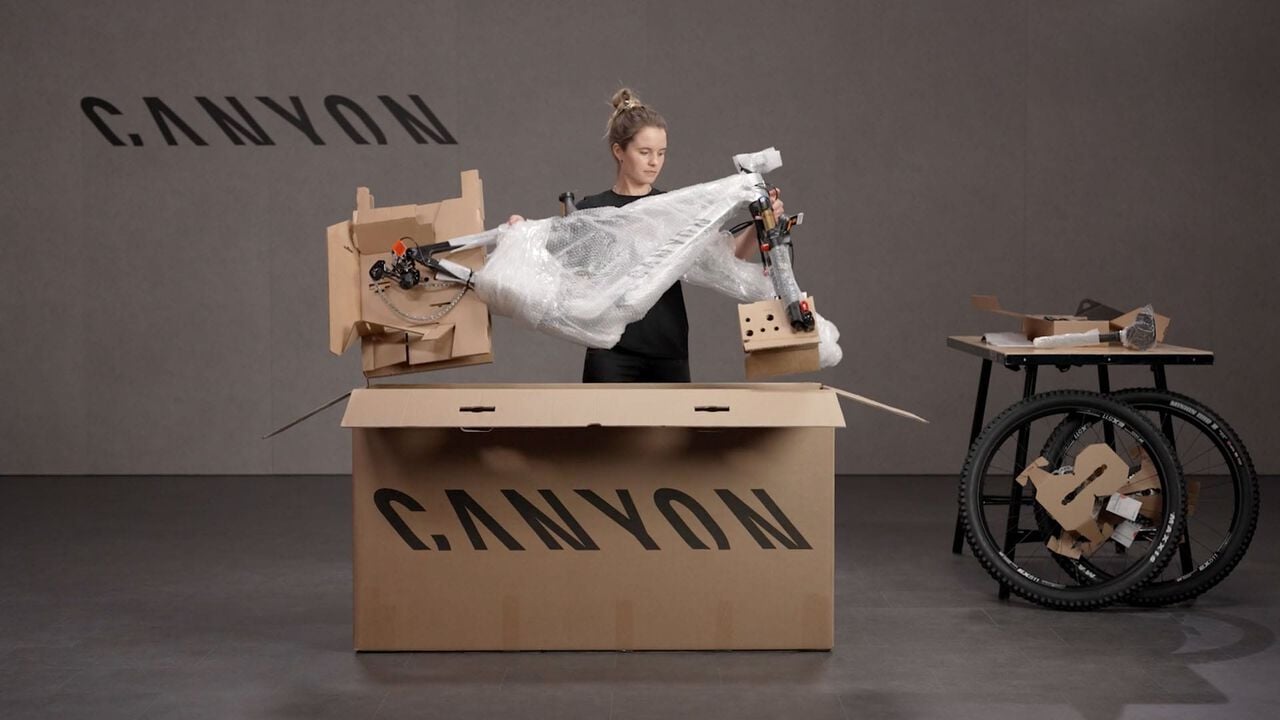




What is enduro racing?
Enduro racing is a very unique sport requiring bikes to be incredibly versatile. From crushing the steepest, most demanding descents, to pumping and pedalling through traverses or uphill sections, enduro mountain biking demands a lot from those who dare. During a race, it’s all against the clock. When one stage finishes, it’s time to pedal back to the top to start the next.
Pedal, shred, repeat.
Ideally you need two bikes in one to meet these varying demands. Enter the Shapeshifter. From geometry to rear wheel travel and kinematics, the Shapeshifter transforms the Strive CFR from an agile, competent pedaller to a composed, speed dealing descender.
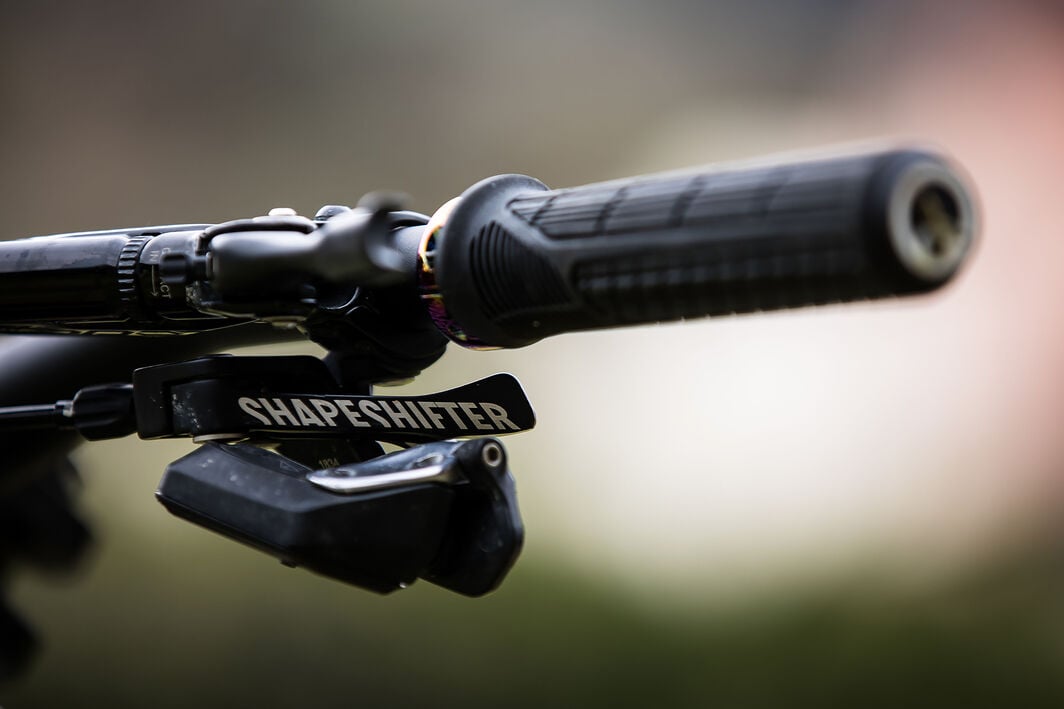
How does the Shapeshifter work?
Hidden within the rocker assembly is a small gas spring. Actuated by a remote lever mounted to the handlebar, it extends and compresses creating 2 different bike setups for the rider to select on the fly.
So just how does the Shapeshifter alter so many areas of the Strive CFR’s character at just the push of a button?
The ingenuity lies in what the Shapeshifter is mounted to: the upper shock mount. As the Shapeshifter extends to pedal mode or compresses to shred mode, a small swing link repositions this upper shock mount.
The most obvious outcome of this repositioning is the geometry change – hit the lever and you’ll notice the bike squat down to a lower, slacker setting (shred), or pop up to a steeper, more upright setting (pedal).
The other noticeable change can only be appreciated when you’re out on the trail. The rear suspension kinematic changes between two optimised leverage ratios and anti-squat characteristics to perfectly suit the trail underneath them. Choose between firm and supportive (pedal), or supple and composed (shred) - which go hand in hand with the geometry changes mentioned above.
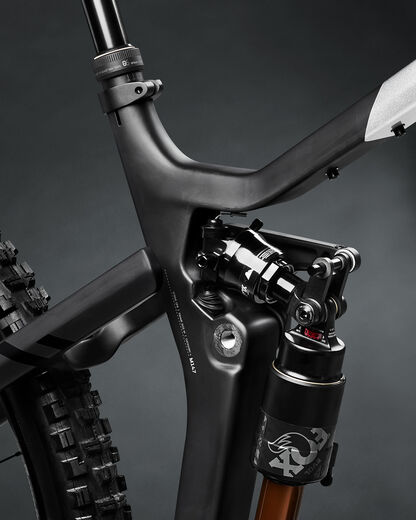
Click the lever into pedal mode and Shapeshifter will automatically extend the next time the bike is unweighted on the trail. This instantly raises the bottom bracket by 15 mm and steepens the geometry by 1.5 degrees (64.5° headtube angle (HTA), 78° seat tube angle (STA)). This increases pedal clearance and slow speed agility as well as improving climbing manners.
Pedal mode also reduces the leverage ratio by firming up the rear suspension for more support and less pedal bob. With a change to the leverage ratio there is also less overall travel (140 mm). The final change is an increase in anti-squat. All in, pedal mode is quicker on the gas, more agile for mellow trails or slower speed sections and more supportive for pumping, pedalling and generating speed.
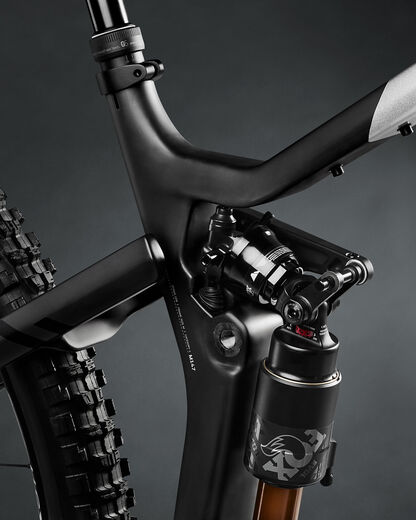
Click the lever into shred mode and the Shapeshifter compresses the next time the bike is weighted on the trail. This lowers the ride height by 15 mm and slackens the geometry by 1.5 degrees to achieve a gravity slaying 63 degree HTA. Shred mode also unleashes the full 160 mm of suspension travel at the rear of the bike. A downhill focussed leverage curve offers riders more sensitivity beneath their wheels, helps riders sniff out traction and stay composed through the roughest sections. The anti-squat is also backed right down, minimising pedal kick back.
Why the Shapeshifter makes the Strive faster
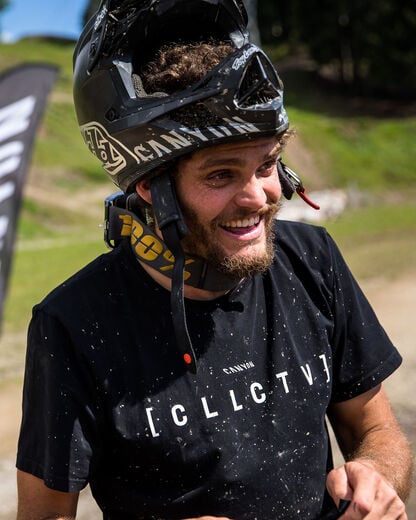
"I use it on all liaisons and flatter, pedalling or uphill sections in a stage."
Jack Moir
When an EWS race victory comes down to just a handful of seconds, riders are looking for every advantage when it comes to equipment. Having a bike that can offer both the perfect setup for the gnarliest sections of a stage and climb efficiently on the uphill sections will without a doubt save crucial seconds.
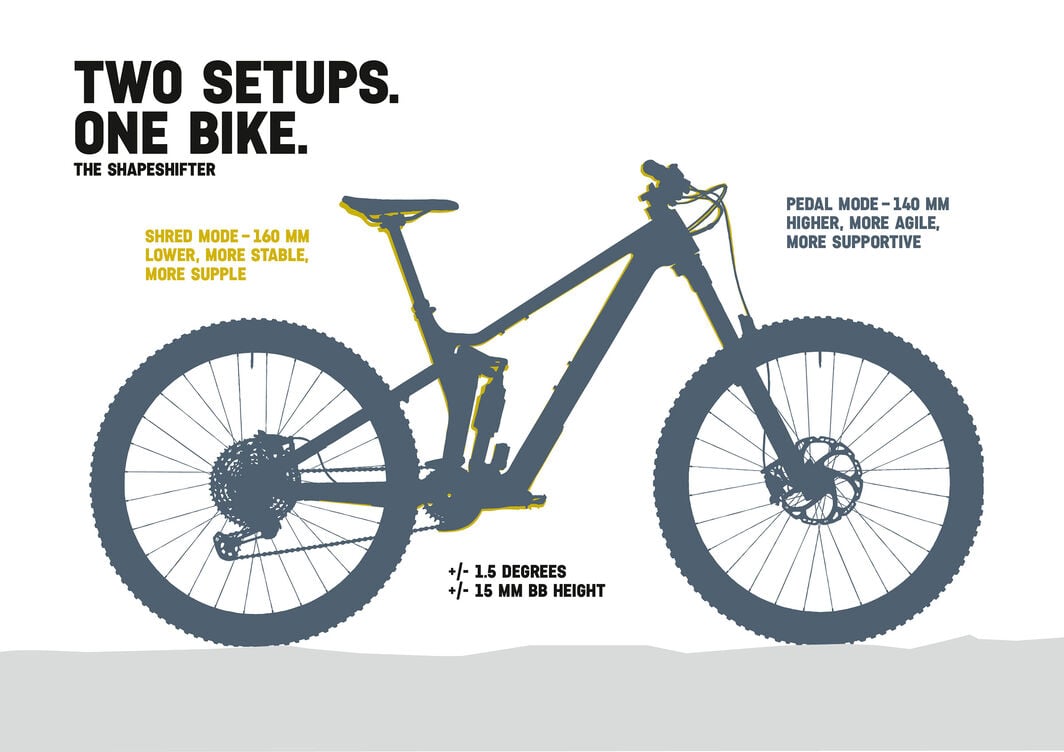
Setup and maintenance of the Shapeshifter
The correct setup is needed in order to get the most from the Shapeshifter. With the Shapeshifter extended into pedal mode, inflate to the pressures listed below on our Shapeshifter setup guide.
| Rider Weight (kg) | Shapeshifter Pressure (psi) |
|---|---|
| Up to 50 | 100 |
| 50-60 | 100-120 |
| 60-70 | 120-140 |
| 70-80 | 140-160 |
| 80-90 | 160-180 |
| 90-100 | 180-200 |
| From 100 | 200 |
| Maximum allowed pressure | 200 |
The Shapeshifter 2.0 was designed in collaboration with Fox to offer riders performance and reliability day in, day out. To keep things running sweet year after year, we recommend following the same 200 hour service interval as your rear shock. The location of the Shapeshifter is well protected from the elements, so more regular air sleeve maintenance should not be required.
Always be mindful that extreme conditions and use can shorten service intervals significantly. If you notice that the action of your Shapeshifter is no longer smooth before the 200 hour interval, it could be time for a service.
Servicing is handled by Fox Service centres. You arrange it directly with them or reach out to us through our service page where we can support with the process.
Canyon Strive
The Strive and its Shapeshifter technology adapts to any trail, it's a quick climber and downhill weapon.
Discover the bikeDiscover our Mountain Bikes
Did this article help?
Thank you for your feedback
